As much as I enjoy a great cocktail or sipping a fine spirit, it's the people, culture, and history behind the product that I enjoy even more. That's generally why I haven't been as big of a vodka fan as I am passionate about Whiskey and Tequila. That changed recently though when I was invited by Khortytsa Vodka to tour Ukraine with them and learn more about the people and culture behind their vodka.
Over the course of a week, I had the opportunity to visit Kiev, Odessa, and Zaporozhe, while learning about these people that previously I had only read about in history books and heard about on the news. When I shared that I was headed to Ukraine, the initial reaction I got from most friends was, "is it safe with the war going on?" What I found though is that while there are still occupied areas on the eastern part of the country, everywhere that we visited felt as safe and modern as any other European city. In fact, due to the recent infusion of money from the EU the country is experiencing a building boom in the cities. Among the new construction we observed were that both Odessa and Kiev have brand new airport terminals.
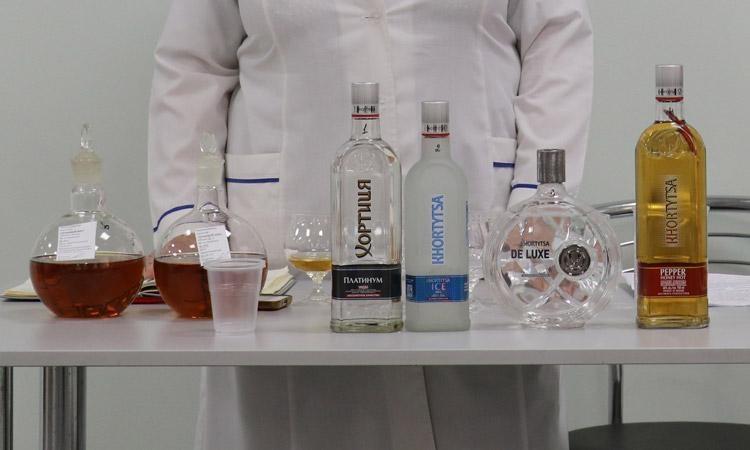
Vodka Was Invented In Ukraine
While this is a fierce debate, Vodka was first invented in central Ukraine in a place called Cherkaska. This isn't surprising since Ukraine has long been one of the most fertile countries in Europe and has been an important supplier of wheat. However, like all great discoveries the Polish, Russians, and other Europeans all have taken roles in its development. This is where our tour of Ukraine starts to get interesting though. Ukraine isn't a singular classic culture. Instead, it is one that has persisted over many centuries and been strongly culturally influenced by its neighbors. For centuries, this country has been invaded, dominated, and shaped by cultures ranging from the Polish-Lithuanian Empire, German Nazi's, and the Soviet Union recently to barbarian tribes, Turkish and Greeks centuries earlier. Each of these invading cultures has left its impression on Ukrainian history, creating an incredibly vibrant culture here what features a remarkable sense of hospitality and optimism for the future.
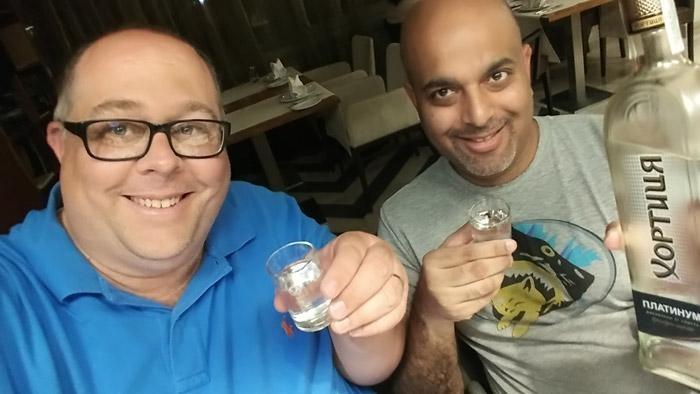
Khortytsa (pronounced Hor Ti Tsa) draws upon this heritage and is today the third largest vodka producer in the world, producing 7.5 million cases annually! While they are just starting to make a presence in the United States, they are quickly growing quickly and you can find Khortytsa Platinum at CVS stores throughout California as well as most major liquor stores nationwide. Despite its very low retail price ($14.99 for a 750ml bottle), it is extremely smooth and over the course of our time in Ukraine we enjoyed many toasts! Don't just take my word for it though, Khortytsa Platinum took Gold at both the 2017 New York and LA International Spirits Competitions.
In addition to Platinum they also offer Khortytsa Ice and Khortytsa Honey Pepper for the same price, as well as the "super premium" Khortytsa De Luxe for only $29.99.
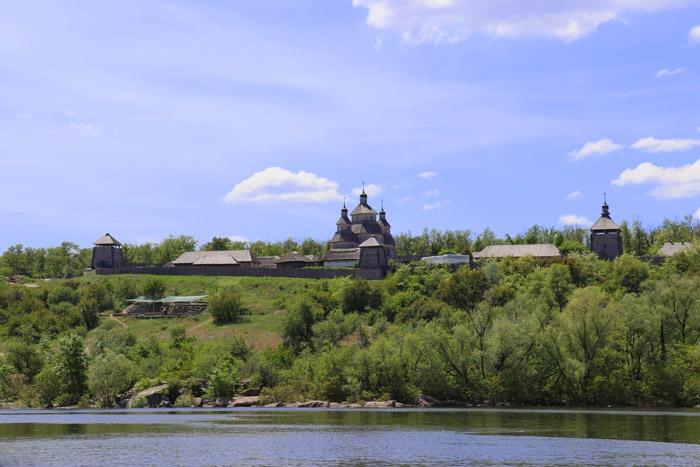
Inspired By Ukraine's Natural Beauty and the Cossack Spirit
The Khortytsa Vodka factory was opened in 2003 and the spirit was inspired by a visit to Khortytsia Island. The island is the largest on the River Dnieper which runs through the middle of Ukraine from Kiev in the north to Odessa in the south. It is commonly referred to as the "Heart of Ukraine" and has been inhabited for thousands of year. While hiking through the natural reserve, we even saw the site of a pagan idol from some of the earliest inhabitants. Later, in the 16th and 17th centuries it also was the home to the Zaporozhian Cossacks. These Cossacks built a fort known as the Zaporizhian Sich which has been restored today and is an awesome example of both 17th Century military culture but also religious and political life.

If you look at the Khortytsa logo, you'll notice two curved lines - this is a direct nod to the curved cossack swords that we saw being demonstrated at the Zaporizhian Sich museum.
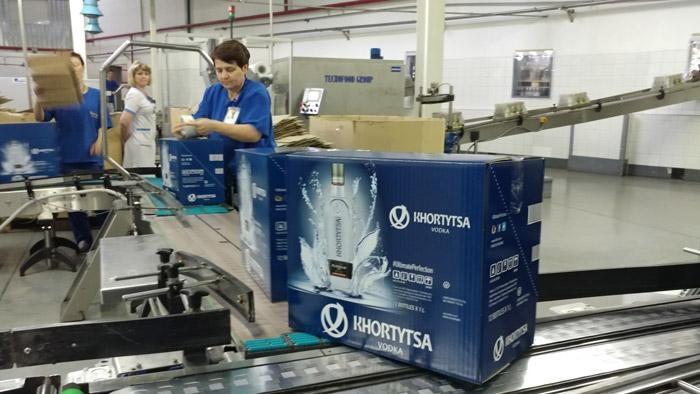
Touring the Khortytsa Vodka Factory
One interesting quirk of Ukrainian distilling culture is that all of the Vodka producers must purchase the neutral spirit from one of the government run distilleries. So, because of this the Khortytsa facility is more of a factory or processing and bottling plant since there's actually no distillery there. However, during our tour I was impressed by how huge the factory was as well as how modern it was.
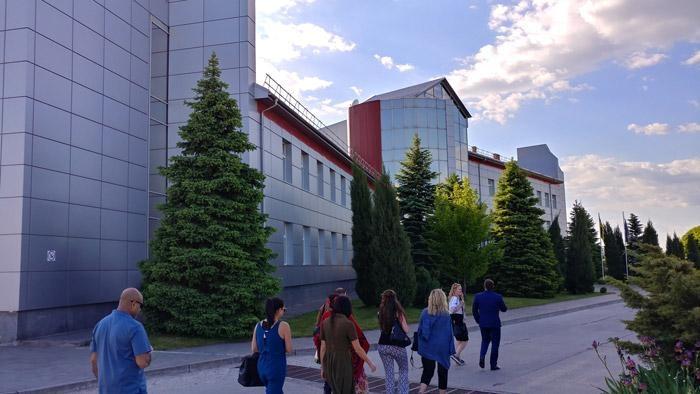
The key to great vodka (really any spirit) is great water. In the case of Khortytsa it starts with water from an artesian well that is then passed through multiple levels of filtration including reverse osmosis, silver and platinum filtration, and carbon filters too so that the water is as pure as possible. This is important because any impurities will lead to a less enjoyable spirit.
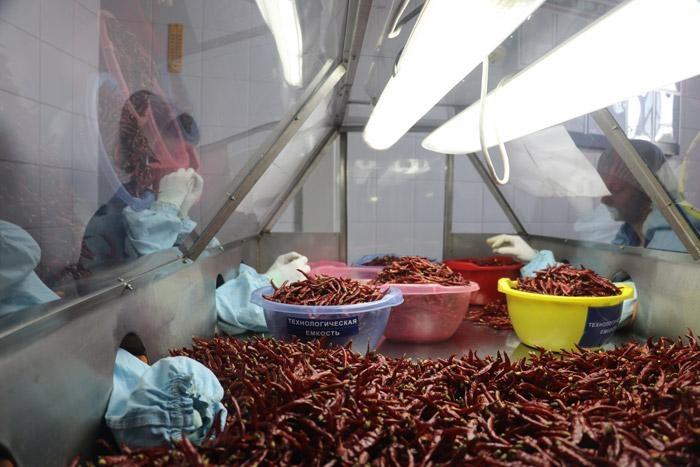
Khortytsa current produces four different vodkas for export and in the US market is often referred to simply as Khor Vodka: Platinum, De Luxe (hints of cherry and cinnamon), Ice (min), and Honey Pepper (red Indian cayenne pepper and clover honey - features a whole pepper in the bottle too!). One of the things I was impressed with her is that despite the large production volume, things such as sorting the peppers is still done by hand to ensure quality and where possible they chose organic ingredients.
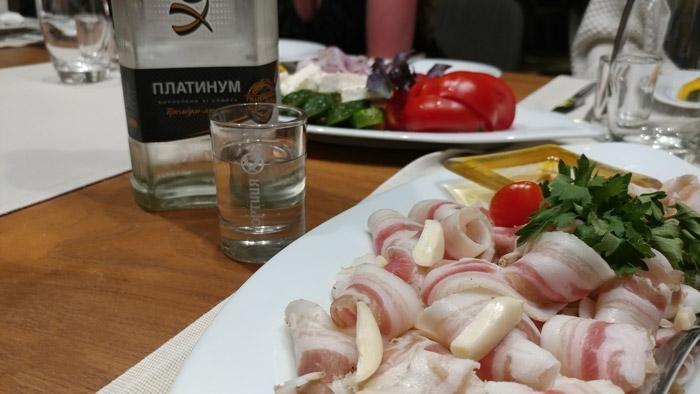
Legendary Ukrainian Hospitality Is Reflected in the Spirit
No matter the circumstance that I've enjoyed vodka, it is always a social spirit. Stories are told, blessings are offered, friends are made, food is shared, and vodka is enjoyed. This was true on this trip as well. As we explored Ukraine, everywhere that we visited showed a sense of warmth and comfort.
I can't help but think that Khortytsa has somehow managed to bottle the Ukrainian spirit for the world to enjoy and that's why I enjoyed it so much.
So, with that ... I want to raise my glass and offer a hearty, "Bud' Mo!" (Ukrainian cheers) to my new friends at Khortytsa and Global Spirits who hosted this experience.
